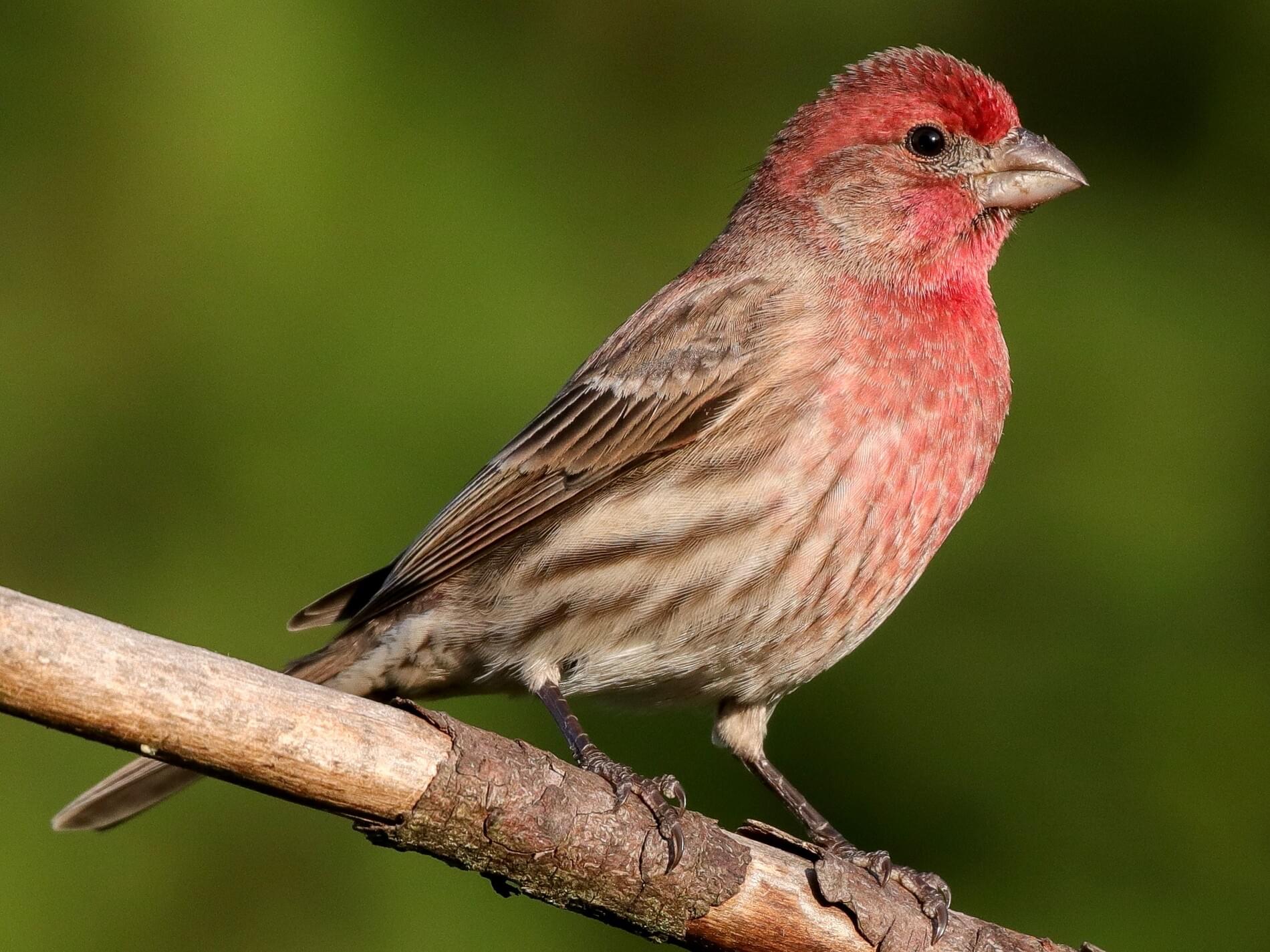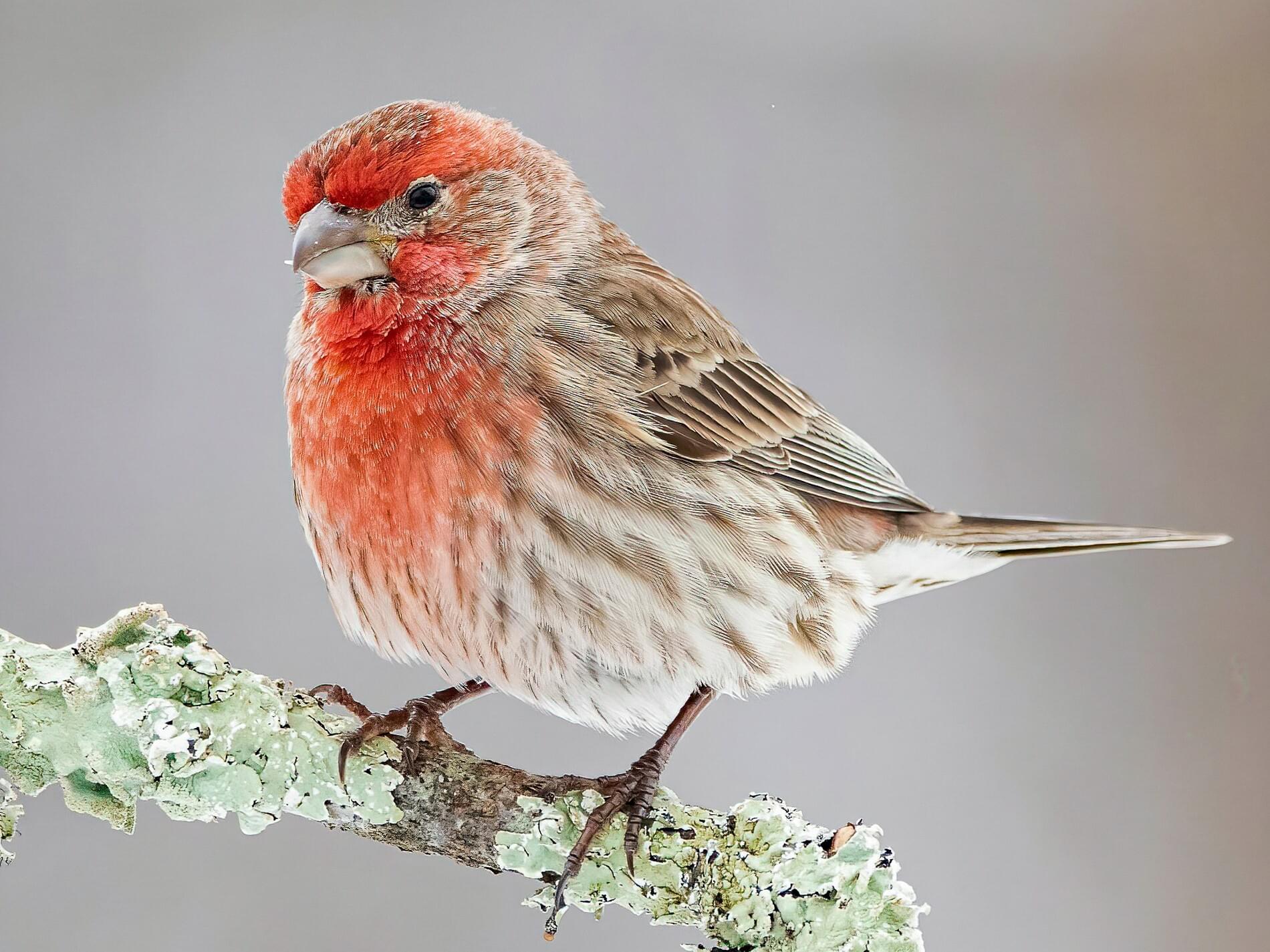Table Of Content

Females lay two to six white eggs which hatch after about two weeks incubation and young leave the nest in about another two weeks. In terms of nesting and breeding, you’ll see some distinctions between female House Finches and sparrows. Female House Finches display a predominantly reddish-brown color, while sparrows have a more muted, grayish-brown tone.
Prepare to be Amazed: The 10 Most Gorgeous Birds You’ve Never Seen Before
The breeding habitat of this species is urban and suburban areas, including city parks, backyards, urban centers, farms, and forest edges. Typically, these birds do not migrate that much and are permanent residents through western North America, except for some northern and eastern species. Moreover, some species have been introduced to the regions of Hawaii. They do not possess even an ounce of red color on their plumage but rather have a brown color all over the upper part of their bodies. The intensity of the red color in males varies according to seasonal changes and depends on the pigments from its diet, especially fruits and berries.
Breeding
Birdy family life continues - The Local Reporter
Birdy family life continues.
Posted: Wed, 26 Apr 2023 07:00:00 GMT [source]
House sparrow songs fall into two categories—those with humming syllables and those without humming syllables. Songs that do not contain hums are sung year-round, while hums are mainly heard during the breeding season. Female and male house finches make both types of calls, but males usually have more variety. Once the nest is complete, the female house finch lays a clutch of eggs, usually numbering between 3 to 6.
How long do house finches nest for?
Both males and females make these types of songs and calls. 9.) The species has been dealing with its own pandemic for decades. House Finch eye disease, a form of conjunctivitis, was first detected in Washington D.C. Since then, the bacterial illness has expanded continent-wide and caused big declines in House Finch numbers. Infected birds often have swollen or reddened eyes and may appear inactive or confused. Over time, it leads to birds becoming blind, disoriented, and vulnerable to predators.
Vocalization Differences
During courtship, males sometimes feed females in a display that begins with the female gently pecking at his bill and fluttering her wings. The male simulates regurgitating food to the female several times before actually feeding her. Male house finches commonly sing their full song throughout the year. On the other hand, females typically sing early in the breeding season, often giving a shortened version of the song. They sometimes sing alone but generally sing with a mate and when soliciting courtship feeding.
House Finch: Dietary Preferences
Despite being sexually dimorphic, the sizes of both male and female House Finches are similar. However, regardless of their gender, the color of the adults’ bodies is a shade of dark brown to light brown all across the back. They require a 2-inch diameter entryway and a 6x6 inch floor. Nest boxes should be attached to a pole or the side of a shed - somewhere that offers cover and cannot be easily reached by predators.
Are female house finches bigger than males?

The most important site characteristics are protection from above and a solid base to build on. If you are interested in attracting the house finch to your backyard or want to know more about the bird's nesting habits and behavior, read on! We will discuss the most commonly asked questions about house finch nesting in this complete guide. House Finches have bright red-orange to red plumage on their head with brown feathers on their wings and sometimes face. Purple Finches have a dark pink or reddish hue that goes down towards their white bellies.
Where do house finches nest at night?
Both the House Finch and the Purple Finches belong to the same scientific family and genus, consecutively the Fringillidae and the Haemorhous. They are both small songbirds that have roughly the same size ranges. House Finches have a certain hierarchical position in these flocks, where the females tend to show their dominance over the males. Their usual egg-laying period is during the day, and they tend to lay one egg each day.
While their diet consists primarily of seeds, fruit, and nuts, on rare occasions, they will also eat insects in the summertime. Even in suburban areas, House Finches have a long list of predators attracted to their red feathers. However, life in the wild is dangerous, and many may not live to see their 11th birthday. Things like available food sources, cold winters, and predators cut the lifespan of the House Finch short. They often construct their nests in trees but sometimes build nests on the sides of buildings, street lamps, or even abandoned nests. The male will remain nearby, occasionally picking up and carrying nesting material, but this material is never used in the nest and is not intentional.
In New York State, distinct dialects abound, with males’ songs noticeably differing within just one square mile. Their nest is a cup made of natural materials, string and feathers on tree branches or manmade structures; the nest holds four to five spotted bluish-white eggs. Note plain mostly brown face pattern without pale stripes; also the notched tail. House Finch eggs are typically smaller, with a pale blue-green color and very light speckling. House Finch eggs differ from House Sparrow eggs in color, size, and markings. They typically dine on seeds from grasses as well as grains like wheat, oats, and barley.
Understanding these differences allows bird enthusiasts to appreciate the unique characteristics of each species and identify them accurately in the wild. One significant effort is the establishment of protected areas and nature reserves. These designated zones provide safe havens for house finches and other wildlife, allowing them to thrive without disturbance. One common supplemental food source for house finches is fruit. They have a particular fondness for berries, including those from mulberry, raspberry, blackberry, and elderberry plants.
In 1939 a few of the birds, originally captured in Santa Barbara, California, were set free on New York’s Long Island by a pet store owner. By the early 1940s wild nests were beginning to show up on Long Island, and from there the spread continued. They’ve also been introduced and become widespread in Hawaii. In some places, House Finches are considered an invasive species.
However, some individuals have been known to survive up to 10 years or more. The main factors that influence the lifespan of house finches include predation, disease, and environmental conditions. In more natural habitats, House Finches can be found in areas with shrubs and trees that provide suitable nesting sites. They are known to nest in a variety of locations, including coniferous trees, deciduous trees, and even on artificial structures such as buildings and bridges. The females, on the other hand, have a short and simple version of this song that is typically heard during the start of the breeding season. Many of their nest sites are in human-made structures or near areas with human activity.
If you look closely, you might find male house finches actually come in many shades, from deep red to very light orange. Keep your eyes on these common birds and you might just catch a rarer hue. Typically, female house finches have gray and brown stripes on the back, head, and undersides. Some females have reddish pigmentation on the top of the head, breasts, and rump.
A few weeks after courtship displays and pair formation, a behavior known as Billing begins. Billing, where one bird pecks at its partner's beak, leads into courtship feeding. This behavior generally begins several weeks before nesting.
No comments:
Post a Comment